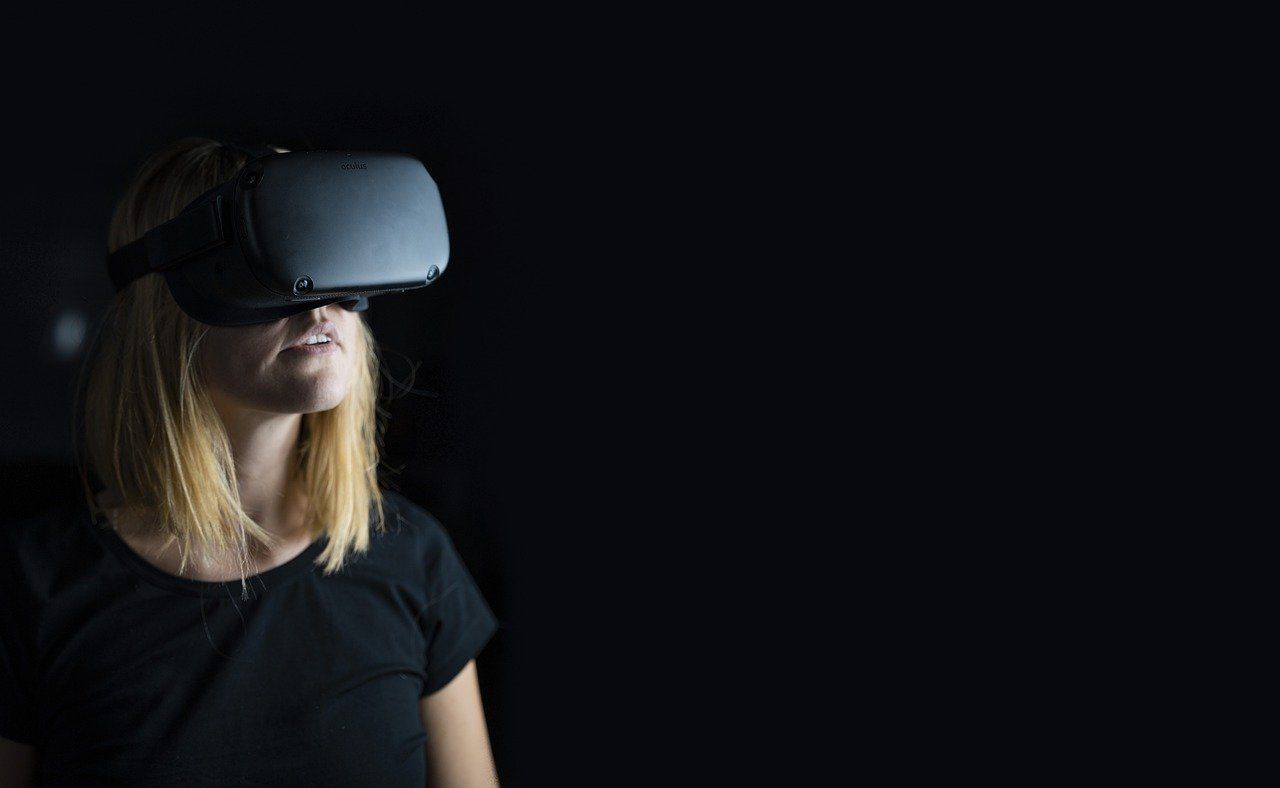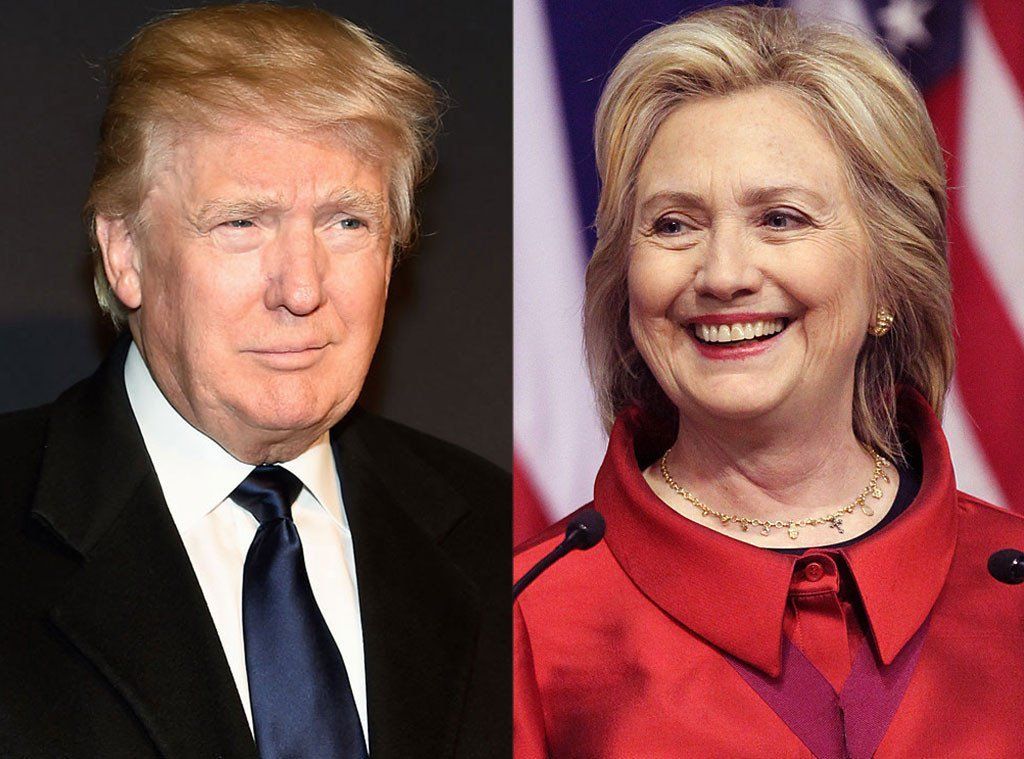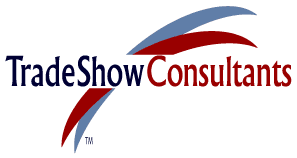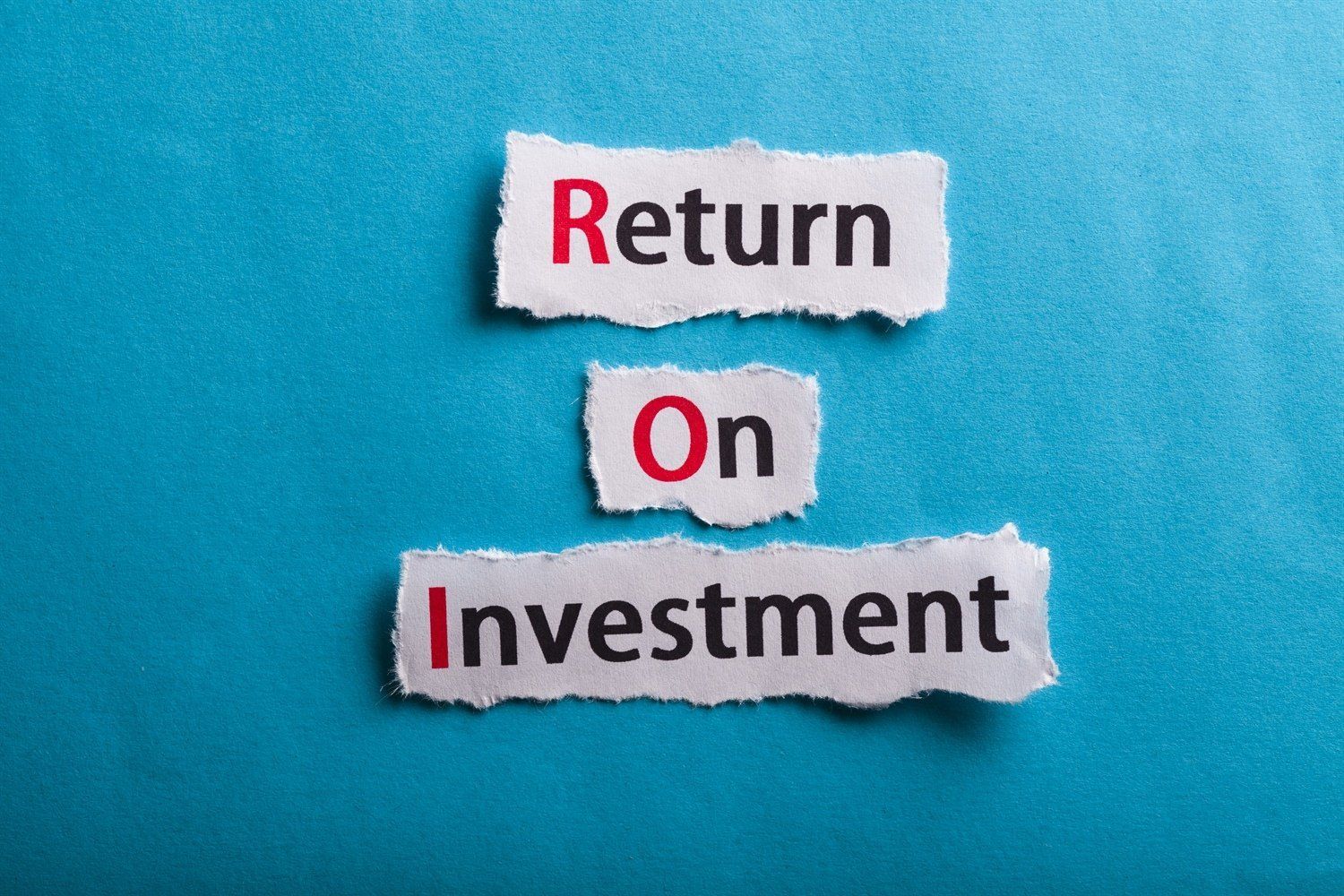WHITE PAPERS
Decades of Experience Within These Documents
This is a series of articles I wrote to help people take advantage of my decades of experience in the trade show industry. Feel free to take advantage of them by reading, saving or printing them for your own use. I hope you find them of value.

Over the years as a trade show exhibiting consultant, I have been asked by many what my opinion was on what it takes to become successful at managing trade show exhibiting for corporations. While it’s often difficult to assume what “success” means for someone else, I can share with you what it meant to me to be a successful corporate exhibits manager when I worked at Sperry UNIVAC, MEMOREX, and Beckman Instruments. Additionally, as I climbed the corporate ladder, trade show exhibiting remained a primary focal point for me in the marketing and sales areas at Kawasaki, Tektronix and especially OrCAD Systems Corp, a bootstrapped startup where the challenge of keeping the doors open existed every day.

A client recently asked me to help them better define the duties and responsibilities of a trade show exhibits manager as part of their search to fill a newly created position within their sales and marketing departments. To begin, I needed to know their answers to a few key questions that would serve as a solid foundation. From there, I could begin to fill in some of the blanks and, in the end, deliver to them what they needed. In an effort for them to hire the right person for the job, I had to picture myself in the position and imagine how I might approach the job for the benefits of both the corporation and myself. I also wanted to ensure that we were all working on the same page when it came to the job’s title, compensation, duties and responsibilities. Here are some of the questions I asked: Who would this position directly report to? This was key, because as I’ve stated many times, marketing and sales are very different. I believe marketing is more strategic and sales is more tactical in their approach to running a business. Marketing could approach exhibiting at trade shows differently than the sales department would, and that difference might lead to misunderstandings and make the job of the trade show exhibits manager job more difficult. How many trade shows are on the schedule each year and where are they? Shows held domestically require one type of planning, while international shows require another level of planning and executional logistics to ensure success. Knowing this up front is important for someone in the role of trade show exhibits manager. How are exhibiting budgets developed and what is included? For instance, is trade show travel and per diem for booth staff included? What exactly is charged to the trade show exhibit budget, and does the trade show manager have responsibility and authority to manage it all? How active is top management in the early planning of trade show exhibiting and who decides how much exhibit space is needed? It’s incredibly helpful to know who is responsible for selecting the exhibit space, which company products or services are displayed and how much space is dedicated to each. Is there a purchasing department representative assigned to work directly with the trade show exhibits manager to ensure that expenditures are managed according to approved corporate guidelines? Are there key major trade shows the manager will be required to travel to and work the booth for the entire show, including setup and dismantling? Does the trade show exhibits manager have to attend all secondary shows or can he/she arrange to have the sales or marketing staff handle them? Who decides who is selected to work the booth during the show? Who selects the booth captains, and how much authority does the trade show exhibits manager have to manage their performance? Have the most important trade shows been effectively planned at least six months prior to a show, including all stakeholders, to ensure continuity of strategies, tactics and accurate expectations? Are the exhibit materials stored on site or in a vendor’s warehouse? Is there a dedicated exhibit fabricator and service provider on contract? Is the company satisfied with their service and costs? How are the exhibit materials and products shipped to and from trade show facilities? Is hall labor used to setup and dismantle the exhibit or does the exhibit provider include labor? What kind of trade show exhibit inquiry/sales lead process is used to generate, qualify and manage leads during and after the show? Who is responsible for managing this function? Who is responsible for making travel arrangements for company staff attending and working the trade show exhibit? Is a corporate suite at a local hotel used as the company headquarters where staff can meet before, during and after the show to coordinate activities, gather intelligence and meet with key prospects and customers? Who is responsible for managing this function, and are the costs charged to the trade show exhibit budget? Is a pre-show meeting planned the evening before the show to review exhibiting goals, objectives and booth layout while presenting product-specific marketing and sales details? Is there a post-show report created and distributed to stakeholders covering what worked and what needs to be improved soon after each show? This information should set the stage for improving problem areas while maintaining and building on areas that worked well and should be implemented at the next shows. One of the most important suggestions I made was that the trade show exhibits manager must assume both the responsibility and accountability for all aspects of exhibiting using the budget as a guideline. There should be no charges assigned to the trade show exhibiting budget without the manager’s knowledge and ability with authority to directly manage them. A final important point is that both compensation and time management should allow for the trade show exhibits manager to stay at every major trade show to work the booth alongside sales, marketing, management and technical support for the duration of the show. Allowing a trade show exhibits manager to assume total responsibility and accountability for successfully managing all aspects of trade show exhibiting will ensure that the person in the role is respected and valued as an important sales and marketing function. Peter LoCascio Founder Trade Show Consultants

While many exhibitors understand the value of placing their best foot forward with regards to their trade show exhibit materials, many might do better to meet the challenges of maximizing their effectiveness by more adequately focusing on various important non-exhibit entities. Far beyond the creatively painted and brightly illuminated exhibit materials placed on the trade show floor, there exist many additional aspects of trade show exhibiting that will often spell the difference between success and disappointment. First and foremost, in considering what constitutes a successful trade shows exhibit presentation is the fact that on the show floor, people will want to do business with people and not with inanimate objects like exhibits, graphics, products or sales literature. The trade show environment is one of creating an opportunity for human contact and at which the exhibit merely creates an environment conducive for people to meet each other to conduct business. The physical dynamics of trade show exhibiting are intensified and extremely more complex when compared to most any other forms of corporate business communications. This is for the most part due to the presence of the other exhibitors all competing for the attention, time and consideration of key show attendees, prospects and customers. What, in reality, does the trade show attendee see when he/she approaches your exhibit? The perception could be the difference between entering Tiffany’s or a K-mart and it all depends on the total picture presented and perceived that indicates the kind of company you are, including its products, people and business policies. A complete image of your company is presented the moment the attendee, prospect or customer notices and walks towards your exhibit on the show floor. Directly under the surface of the bright lights, flashing signs, product presentations and sales people wearing their best welcoming smiles the perception of the image of your company is created. Within a few short minutes your total trade show exhibit presentation will begin to indicate to prospects and customers your corporate culture, philosophies and level of business dedication. The professionalism of your people, products and commitment to customer service will be expressed, evaluated and actively compared against every one of your competitors on the show floor. In essence, who you are what you stand for and how you appear to do business is projected and vividly on display representing an image from the day your company was created to present time. If your most important corporate trade show were a sporting event, it could compare to your own World Series, Super Bowl and World Cup all rolled into one three day tournament under one roof of a major convention center. The question is, are you prepared?

For years, advances in technology have stimulated the imaginations of professional association management, trade show producers and exhibitors with the concept and possibilities of staging virtual conventions, meetings and trade shows. As online data speeds increased, device capabilities advanced, and the world’s connectivity became a reality, the possibility questions were usually answered with some doubt, traditional thinking and a general lack of enthusiasm. Complicated technology issues, connectivity application software confusion, device compatibility, appropriate content development and a general lack of knowledge all played a part in the idea quickly reverting to the axiom of “don’t fix it if it isn’t broken.” There were way too many tried and true financial, social and common-sense human benefits supporting the convention, trade show, and meeting worlds to consider any new virtual concept that few saw as technically viable, socially acceptable and cost effective. The idea of virtual annual conventions with technical paper presentations, workshops and lectures, supported by something of an inanimate trade show floor where exhibitors’ products and services were presented was far beyond the realm of possibility, reality and acceptance. A professional association’s annual convention with trade show support is traditional, significant and historic. It’s where members within all segments of an industry gather together to learn and share the latest knowledge, technology and industry insights. What could possibly disrupt such a time honored, viable, successful and valuable enterprise?

While the Clinton campaign went about the more traditional tasks of evaluating past voter analytics, developing messaging and using research tools like focus groups and polling analysis to develop their positioning statements, Donald Trump was out in the field making human contact at hundreds of live events, learning firsthand what was on people’s minds and in their hearts.
What Clients Say
"Peter masterfully defines the business issue to be addressed, formulates a plan and knows how to get things done. His ability think big and rally all stakeholders around the tasks at hand commands respect from all those who work with him. He is fun, fair and unflappable...three important traits needed to produce award-winning work on complex business marketing issues."
Ken Pearce







